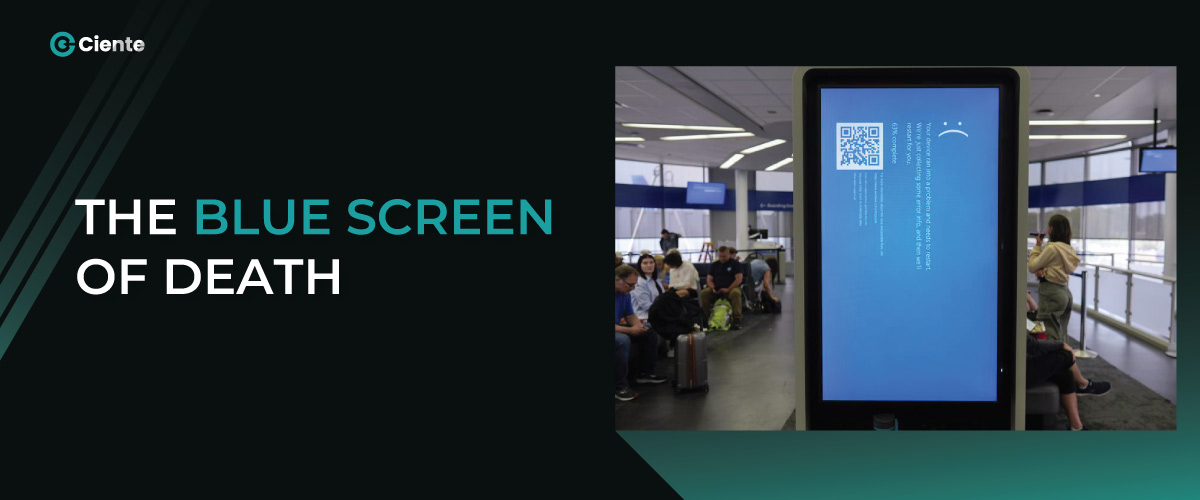Mass marketing won’t cut it anymore. Marketers must be precise. How can marketing teams leverage ad tech for efficient digital advertising?
Increased awareness, traffic, leads, and sales – are all benefits you can expect when mixing digital ads with your current marketing strategies.
There was a time when marketers used to advertise to as many people as possible, now we show the right ad to the right consumer in the right moment – the road was definitely a long one. Adtech occupies a unique place in digital advertising due to its ability to deliver the right message at the right time to the right audience and track the results.
First of all, let’s understand how ad tech is affecting the digital advertising industry.
Role of Ad Tech Platform in Digital Advertisement
The role of Ad Tech in digital advertisement is significant and it changes advertising by automating processes and increasing target meeting abilities.
Ad Tech is a comprehensive collection of systems and channels that help marketing professionals with powerful tools for campaign operation and optimal ad placements in real-time. It enables advertisers to collect vast amounts of audience data, define target audiences more accurately, personalize advertising communications, and optimize ad spend effectively.
Here are some of the most popular tools and platforms:
Supply Side Platform (SSP)
A supply-side platform helps sites sell ad inventory by placing available ad space on ad exchanges, DSPs, and other networks. The demand-side platform (DSP) purchases the ad as a brand based on pre-established selection criteria. Brands bid on impressions through an auction called real-time bidding (RTB). This allows site owners to select which brands will appear on their site, at what price, and in what location.
Demand Side Platform (DSP)
On the opposite side, demand-side platforms simplify media buying for ad agencies and advertisers. These platforms allow advertisers to buy ad space from different sites and media owners and target users who match their brand’s needs. Site owners submit offers to the Supply-Side Platform (SSP), which sends the request to the ad exchange. The exchange selects the best option for the advertiser, and the demand-side platform analyzes all the possibilities to give the best bids for displays in milliseconds.
Agency Trading Desk (ATD)
The Agency Trading Desk is a body of services specialized in advertising provided by advertising agencies. It is used for making the ads plans, getting the ads done and responding to the real time situation generated in the course of the ad campaign. It can also be understood as a mini DSP which is showing the same activities as a DSP one.
This approach is perfect for advertisers who are still adopting ad tech and want to work with a concrete DSP, or expand their sales teams. Nevertheless it should be remembered about its magnify limitations on the contrary of the demand side platforms where the deal is made thorough simple click. Thus, it could become a drawback that the platform wouldn’t be able to provide the best-quality ads available in the market.
Customer data platform (CDP)
A CDP (Customer Data Platform) is a unified database tool that combines data from multiple different platforms into one place containing information on all aspects of customers’ interactions with your product or service. Linking with these storages help to segment the marketing database in many ways and create personalized campaigns.
Ad exchanges
Ad exchange is a virtual arena where advertisers along with publishers are on a virtual auction to Buy and sell of the advertising space. As real-time auction is mostly their main purpose, the communication among them is based on them. Ad formatting can go from a person’s computer screen with a banner ad to a mobile device with an ad. Digital trading platforms pool together publishers’ supply-side bids presented by the supply-side platform (SSP) they selected and advertisers’ demand-side demand for ad impressions through the demand-side platform (DSP) they picked.
Respective buying and selling processes used by advertisers during the real-time auctions is called RTB (real-time bidding) technique. Instantly, when a user visits a website associated with the appropriate platforms, the auction is committed.
The buyer’s platform analyzes the user’s previous interactions and interests to determine the relevance of the bid for the display. The size and appropriateness of the bid are based on the characteristics of the site visitor.
Ad servers
An ad server is a web-based technology platform used for direct ad placement on websites. It translates advertising material to the publisher’s site, tracks the number of impressions, clicks, and other elements of RTB, and has tools for advertising campaign optimization.
There are different ad servers for publishers and advertisers, but they work on the same principle: they store and sort data from either side. Publishers use ad servers to control their resources, organize ad placement, optimize ad delivery, and provide statistics. Advertisers use them to control their creatives and the progress of their ad campaigns.
Ad servers can be self-service or managed service. Self-service servers offer more features and settings but require a significant investment in human resources. Managed service allows you to delegate this work to outsourcers and forget about this problem.
Ad servers can be local or remote. Local ad servers are physically accessible to you and are usually owned by the publisher. Remote servers allow you to use the capabilities of an ad server by buying remote access to it. Typically, remote servers provide access to multiple webmasters and work independently.
Ad Networks
An advertising network is a group of advertising platforms that share a common system for placing ads. Though the term “advertising network” can refer to any type of network, it is often used to describe online ad networks. Online ad networks differ from traditional ad networks in that they use an ad server to deliver ads to the public. By using a central system to place ads, business owners gain access to a variety of audience targeting, tracking, and reporting methods that traditional media alternatives lack.
Ad networks work with publishers over the internet, and can help those with untapped resources or advertising platforms, as well as those who want to monetize their offers. Ad networks aggregate these resources, package them, and sell them to advertisers. Advertising networks can be categorized as horizontal, vertical, or premium.
Horizontal networks work with many publishers, and have low entry thresholds, making it easy for publishers to join. Vertical ad networks are designed for high-precision niche targeting, which makes them more likely to bring in conversions. Premium networks work exclusively with premium publishers. Joining such networks is difficult, but the quality of service is of a higher standard.
In addition to all this, Ad Tech provides advantages like focused advertising, helping advertisers to target particular audiences according to different measures, resulting in improved campaign efficiency and higher conversions. Ad Tech platforms offer data-driven insights that help advertisers improve campaign effectiveness, increase engagement, and boost ROI by utilizing valuable information about user behavior and other metrics.
Ad Tech is vital in digital advertising as it enables communication among advertisers, publishers, and other participants in the advertising process, ultimately leading to the effectiveness of online marketing strategies.
Navigating the Future of Advertising in the Digital Era through AdTech
- Utilize programmatic buying and selling to automate ad delivery processes, ensuring efficiency and precision in targeting the correct audience.
- Utilize real-time insights from AdTech to make data-driven decisions and create personalized ad experiences based on detailed user information.
- Utilize AdTech for rapid campaign launches, allowing brands to remain flexible and quick in the dynamic digital environment.
- Increase your advertising impact quickly by utilizing automation, streamlining processes, and expanding reach without compromising effectiveness.
- Focus on accurate targeting to make the most of your ad budget with AdTech’s precise targeting features, reaching the most appropriate audience segments for your message.
- Remain flexible to user preferences AdTech firms must constantly modify their approaches to changing user tastes, providing a smooth and customized advertising experience that connects with specific customer groups.
- Stay updated on regulatory changes and adjust strategies in advance to meet customer privacy expectations and adhere to tracking limitations.
- Invest in solutions that prioritize privacy in AdTech by investing in tools and technologies that uphold user privacy and produce successful advertising results.
The bottom line is while businesses adapt to changes in digital advertising, AdTech is seen as a crucial partner that provides necessary tools and plays a significant role in shaping the future of advertising.





